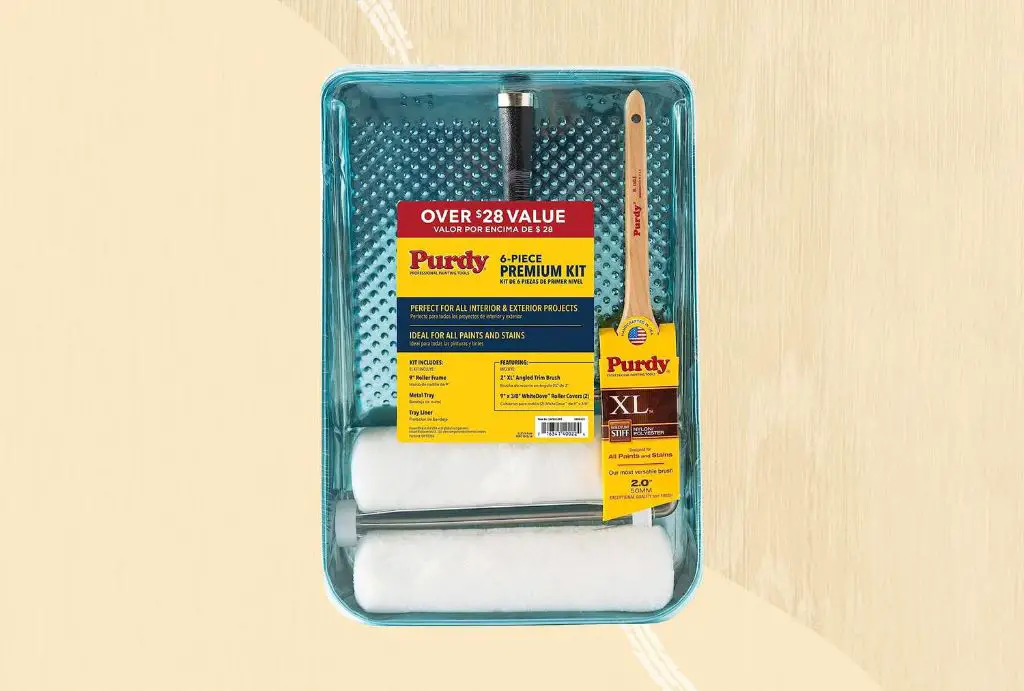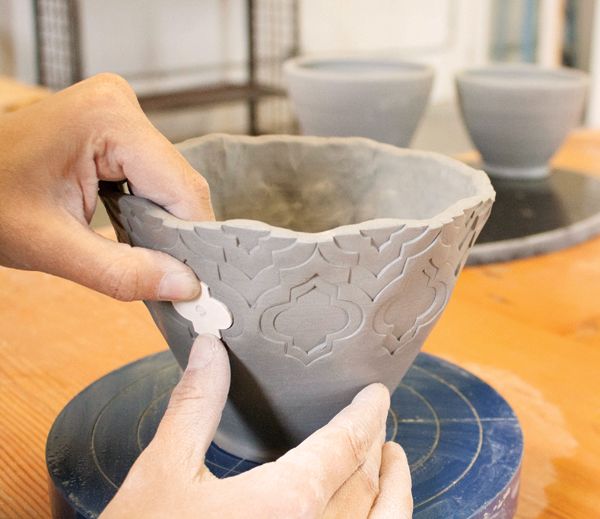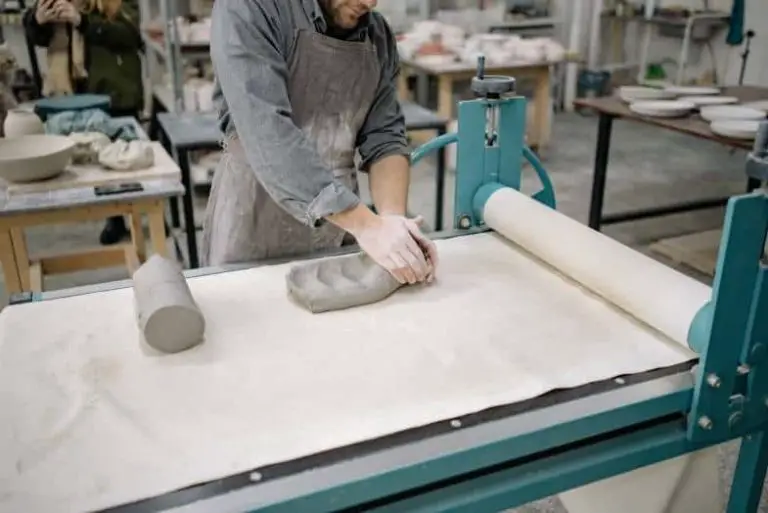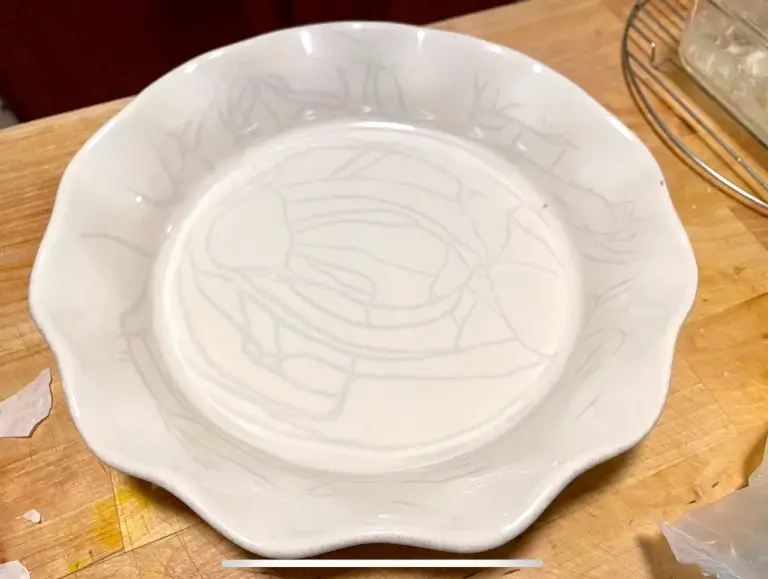What Roller Is Best For Textured Render?
Textured render has become an increasingly popular choice for home exteriors in recent years. Unlike smooth render, textured render adds visual interest and depth to exterior walls with its rough, uneven surface. When applying textured render, using the right roller is crucial for achieving an attractive, consistent finish.
The texture of the render finish comes from the roller that is used to apply it. The roller imprints a pattern onto the wet render, creating peaks and valleys as it goes over the wall surface. Choosing the wrong roller can lead to an uneven texture with unsightly roller lines and marks. That’s why it’s important to understand the different types of textured render rollers and choose the one that is best suited to your specific job.
Pros and Cons of Common Rollers
When choosing a roller for textured render, there are three main types to consider – foam, lambswool, and mohair. Each has its own pros and cons.
Foam rollers are inexpensive and readily available. They hold a decent amount of paint and work well on smooth surfaces. However, foam tends to flatten the texture when painting textured walls, so it’s not the best choice for a textured render finish. Foam can also leave bubbles in the paint.

Lambswool rollers are made from natural wool fibers. They hold a lot of paint and work well on textured surfaces without flattening the texture (Paint Gurus). The fibers help fill in gaps and apply an even coat. However, lambswool sheds more than synthetic fibers. It’s also more expensive.
Mohair rollers are considered the premier paint roller for smooth finishes. The fine hairs hold plenty of paint while laying it on evenly. Mohair works well on textured walls too, providing good coverage without flattening. It’s more expensive than other options but delivers a high-quality finish (Gillman Home Center).
Key Factors to Consider
When selecting a roller for textured render, there are three key factors to consider:
- Absorbency: You want a roller cover that won’t absorb too much water and lose its shape. Many professionals recommend choosing a roller with a phenolic plastic core that resists water absorption (Paintgurus, 2011).
- Durability: Look for durable covers that won’t shed or deteriorate when used with textured render materials. Rollers made with a tight, dense nap are ideal (Ramezanianpour, 2017).
- Texture achievement: The nap thickness and density impacts the texture you can achieve. Medium or thicker naps between 3/8″-3/4″ are recommended for textured finishes.
Considering these factors will ensure you choose a roller cover capable of efficiently applying textured render without losing its shape or shedding.
Recommendation for Small Jobs
For small DIY textured render jobs, a budget-friendly option is a high-quality microfiber roller. Microfiber rollers are inexpensive but provide a smooth, consistent finish. Look for a roller with a dense 1/4″ or 1/2″ nap which will help pick up and distribute the render evenly.
Avoid foam rollers as they tend to absorb too much material. Microfiber has just the right amount of absorption and release. Make sure to get an adapter to fit the roller on your stick handle.
For small accent walls or projects under 50 sq ft, a 9 inch roller width is sufficient. The Wooster Microfiber Picasso roller is a top choice under $10. The microfiber material resists matting and will last through multiple uses before needing replacement.
While more inexpensive than specialty texture rollers, microfiber rollers still produce attractive organic patterns and textures. With a smooth rolling motion and proper technique, microfiber rollers give great results for small textured render jobs.
Recommendation for Large Jobs
For professional painters taking on large textured render jobs, the Wooster Pro/Doo-Z FTP roller cover is highly recommended. This textured roller is designed for heavy-duty use and efficiency.
The Pro/Doo-Z FTP features a 1/2-inch nap made of a special nylon, polyester, and wool blend that holds 50% more paint than standard covers. This means less reloading for continuous rolling on big jobs. The firm density also applies paint at a fast but consistent thickness for uniform texture.
With its ergonomic threaded handle and cage, the Pro/Doo-Z provides excellent control and less hand fatigue over long days. The cage has an anti-spatter guard to keep drips contained as well. This professional-grade roller can stand up to heavy use and frequent cleanings.
For render pros working on large commercial or residential texturing projects, the Wooster Pro/Doo-Z FTP is the top choice for fast, efficient application thanks to its high capacity, easy rolling properties, and durability.
Technique and Process
Proper technique is crucial for getting an even, consistent texture when rolling on textured render. Here are some key steps to follow:
Start by fully coating the wall in the textured render paint or mix. Use a standard nap roller for the basecoat. Allow the basecoat to partially dry until it is tacky to the touch.
Load the textured roller with the render paint or mix. Roll up and down in parallel vertical sections, lightly overlapping each pass by around 2 inches. Apply even pressure as you roll to transfer the paint evenly.
Maintain a consistent rolling speed – too fast will not allow the texture to transfer, while too slow can cause thick buildup. Roll in a “M” or “W” shape within each section for the best coverage.
Let sections dry fully before rolling adjacent areas. If doing multiple coats, roll perpendicular on subsequent coats. Work methodically and avoid drips.(Source)
Having the right technique ensures you achieve the desired stipple finish across the entire surface. Take time with each section and avoid rushing the process.
Avoiding Common Mistakes
When applying textured render, it’s important to avoid common mistakes to ensure proper coverage and prevent drips. According to Vintage Revivals (https://vintagerevivals.com/9-common-painting-mistakes-with-pictures/), a key mistake is using the wrong roller nap. For textured walls, you’ll want a thicker nap to properly pick up and apply the textured material. Going with too short of a nap means you won’t get enough texture on the roller leading to an inconsistent finish.
Another tip from Reddit (https://www.reddit.com/r/paint/comments/znqr1m/help_with_roller_leaving_texture/) is to backroll while the render is still wet. This helps smooth out the texture and prevent drips by evening out the coverage. Work in sections and maintain a wet edge as you go to prevent lap marks. Pay close attention to edges and corners where drips are more likely to occur. Keeping a wet edge and backrolling will result in a uniform texture without drips.
Care and Maintenance
Properly cleaning and storing your paint roller is crucial for getting the most use out of it. Here are some tips for care and maintenance:
After each use, thoroughly rinse the roller cover with warm water to remove any remaining paint. Gently rub the nap with your fingers or a soft brush to help dissolve any dried paint chunks. According to Home Depot, soaking the roller cover in paint thinner can help remove stubborn dried paint (1).
Allow the roller cover to air dry completely before storing to prevent mildew growth. Store in a sealed plastic bag or wrap with plastic wrap to protect from dust, dirt, and other debris.
With proper care, a high quality roller cover made for textured finishes can last 5-10 uses or more. However, the roller’s texture and performance will slowly degrade over time. Replace the cover when you notice streaking, an uneven finish, or flattened nap.
Avoid leaving roller covers submerged in water or paint for extended periods, as this can impact the roller’s lifespan. Store in a cool, dry area out of direct sunlight.
Review of Top Rollers for Textured Walls
When painting textured walls, the type of roller you use can make a big difference in achieving an even coat and professional looking finish. Here’s a review of some top options:
Wooster Pro/Doo-Z Roller
The Wooster Pro/Doo-Z roller is a microfiber roller made specifically for painting textured surfaces like stucco, drywall, and popcorn ceilings. The tight microfiber nap helps the roller glide easily over bumps and grooves to apply paint smoothly and evenly. This is a top choice of many professional painters.
Pros: Ideal for textured surfaces, avoids drips, easy to clean, reusable
Cons: A bit more expensive than other options
Purdy White Dove Roller
The Purdy White Dove is a high density polyester knit roller that performs well on textured walls. The knit fabric holds more paint than foam or microfiber, requiring fewer reloads. It provides good coverage without leaving behind a stipple texture.
Pros: Holds lots of paint, smooth coverage, affordable price point
Cons: Knit fabric can start to unravel after several uses
Both the Wooster and Purdy rollers are excellent choices for painting textured walls and deliver professional looking results. Consider the Wooster for durability and performance, or the Purdy for value and smoothness.
Conclusion
In conclusion, when selecting a roller for textured render, the lambswool roller is the top recommendation for small jobs while the foam roller works best for large jobs. The key factors to consider are the size of the job, budget, desired finish, and technique. It’s important to load the roller properly, keep a wet edge, maintain a consistent technique, and clean it after each use. With the right roller and approach, you can achieve a smooth, seamless finish on your textured render. The most important tips are to prepare the render properly, use the recommended roller type, and avoid pressing too hard or overlapping. Following these best practices will result in a high-quality finish that enhances the look of your rendered walls.



